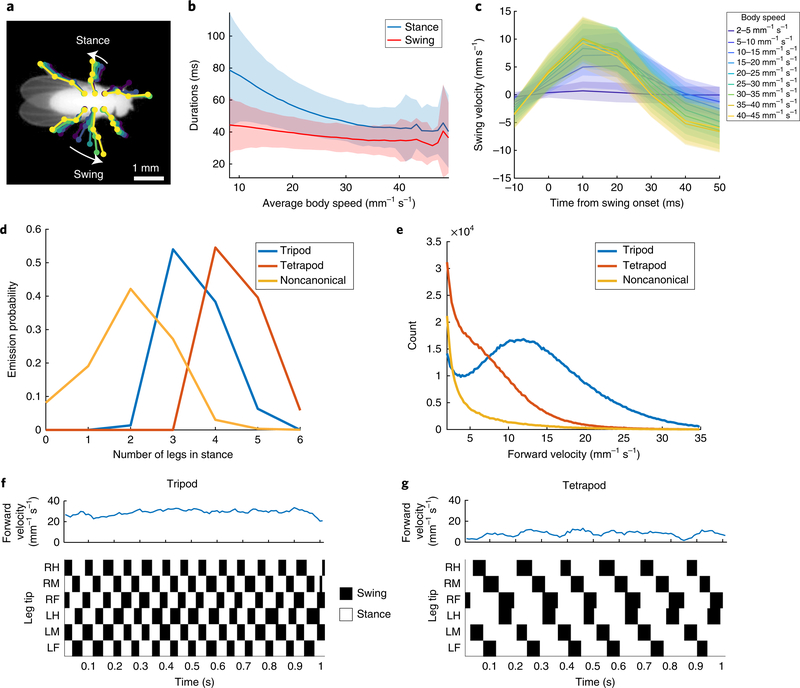Fig. 3 |. LEAP recapitulates known gait patterning in flies.
a, Schematic of swing and stance encoding. Stance is defined by a negative horizontal velocity in egocentric coordinates. b, Duration of swing and stance as a function of average body speed. These data comprise approximately 7.2 h in which the fly was moving forward (2.6 million frames). Shaded regions indicate 1 s.d. c, Swing velocity as a function of time from swing onset, and binned by body speed (n = 1,868,732 swing bouts across all legs). Shaded regions indicate 1 s.d. d, Emission probabilities of numbers of legs in stance for each hidden state in the HMM (Methods). Hidden state emissions resemble tripod, tetrapod and noncanonical gaits. e, Distributions of velocities for each hidden state. f,g, Examples of tripod (f) and tetrapod (g) gaits identified by the HMM. RH, right hind leg tip; RM, right mid; RF, right fore; LH, left hind; LM, left mid; LF, left fore.

